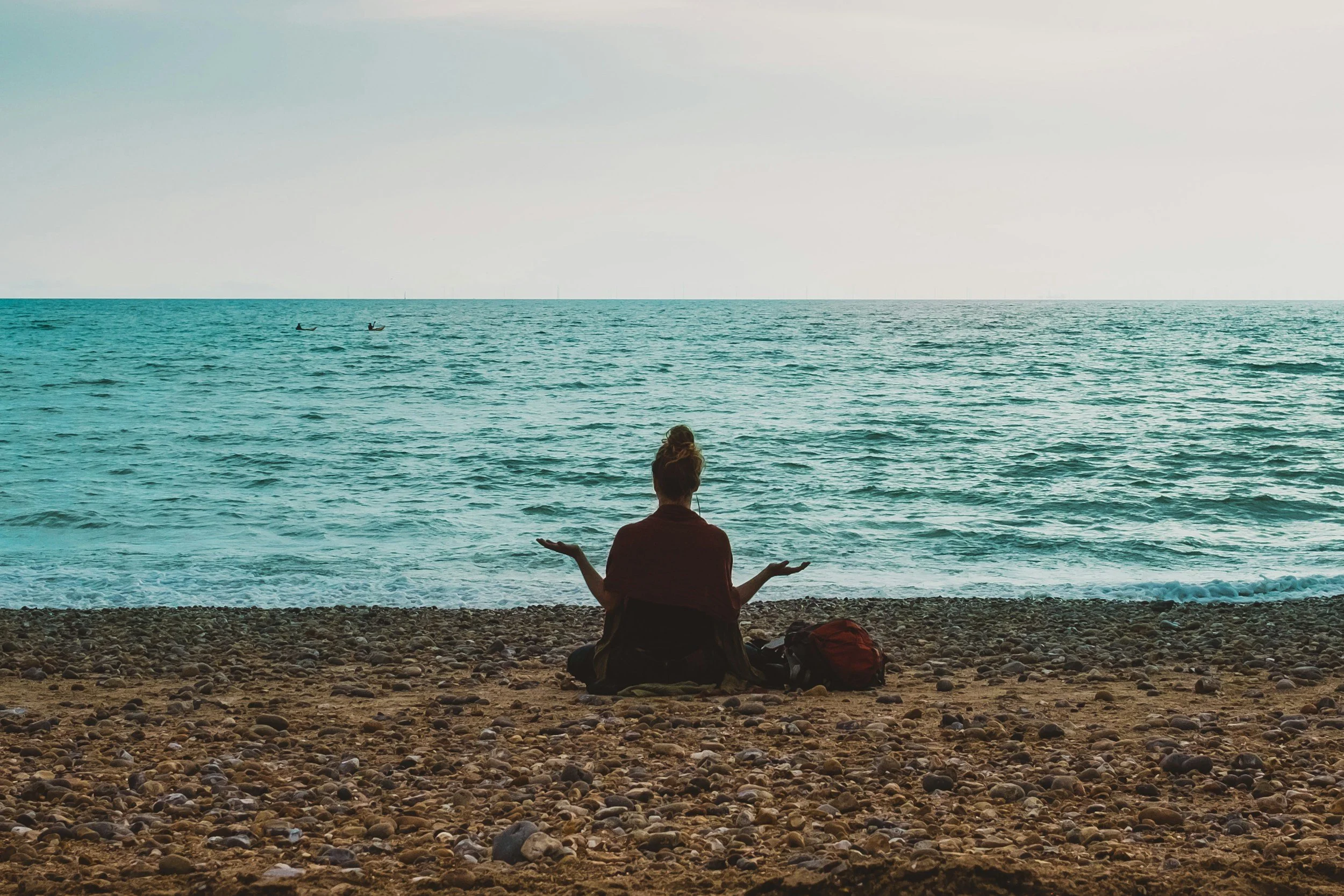Meditation: Cultivating Presence and Mindfulness
“Why are we so petrified of silence? Here, can you handle this? … Did you think about your bills, your ex, your deadlines; or when you think you’re gonna die. Or did you long for the next distraction?”
— Alanis Morissette
Meditation is the ancient practice of returning to the present moment through breath and focused awareness. It is where we connect with our Truth—what the Yoga Sutras call Satya, or truth with a capital T.
Satya encourages us to live in alignment with what is, not simply our judgments or perceptions. Through meditation, we cultivate mindfulness: the state of calm observation where we accept our thoughts, emotions, and sensations without clinging to them. This awareness leads to clarity, healing, and higher consciousness.
Why Meditation Matters
Meditation is not about “emptying the mind.” Instead, it’s about observing the mind. You may notice a flood of thoughts, memories, or even grocery lists at first. This is not failure—it is awareness. With time, you learn to step back, watching your mind with compassion instead of judgment.
Meditation is also not about perfection. Some days will be noisy, others quiet. Sometimes you may fall asleep, which is simply your body asking for rest. The practice itself—sitting, breathing, observing—is the transformation.
How to Begin a Meditation Practice
1. Find Comfort
Sit in a chair, on a cushion, or even lie on the floor. Avoid lying in bed if possible, as it can lead to falling asleep instead of meditating. The goal is to be alert yet comfortable.
2. Start with Breath
Notice your natural breath. Ideally, the inhale fills your diaphragm and lungs from the bottom up, and the exhale releases fully.
Try this exercise:
Inhale for 8 counts
Exhale for 8 counts
Repeat 8 times
This not only clears stale air from the lungs but refreshes the body and calms the nervous system.
Another effective practice is in-and-out breathing: inhale through the nose (filtering and energizing the air) and exhale through the mouth (releasing tension).
3. Body and Energy Awareness
As you breathe, notice your body. Where do you feel tension, soreness, or ease? Do you feel light in one area and heavy in another? This awareness extends to your subtle energy body. Even if you don’t study energy systems, your intuition will reveal where your flow feels blocked or where you feel open.
4. Notice Thoughts Without Attachment
When thoughts arise—“I hope the dog doesn’t bark” or “What’s for dinner?”—practice non-attachment. Imagine placing each thought into a balloon and letting it drift away. Visualization helps clear mental clutter and return you to the present.
Meditation and Mindfulness in Daily Life
Meditation doesn’t have to be limited to your cushion. It’s a tool you can use when journaling, practicing self-inquiry, or even sitting quietly in nature. By spending as little as 15 minutes each day in meditation, you develop neutrality, resilience, and the ability to respond rather than react.
Practice:
Meditate and practice belly breathing for 15 minutes a day, for 7 days.
Journal your experiences.
Notice how your awareness shifts, where you feel resistance, and what insights arise.
Final Thoughts
Meditation is not about escaping the world but learning to live more fully within it—with clarity, compassion, and balance. It is a lifelong practice of becoming more aware of yourself and more connected to Truth.

